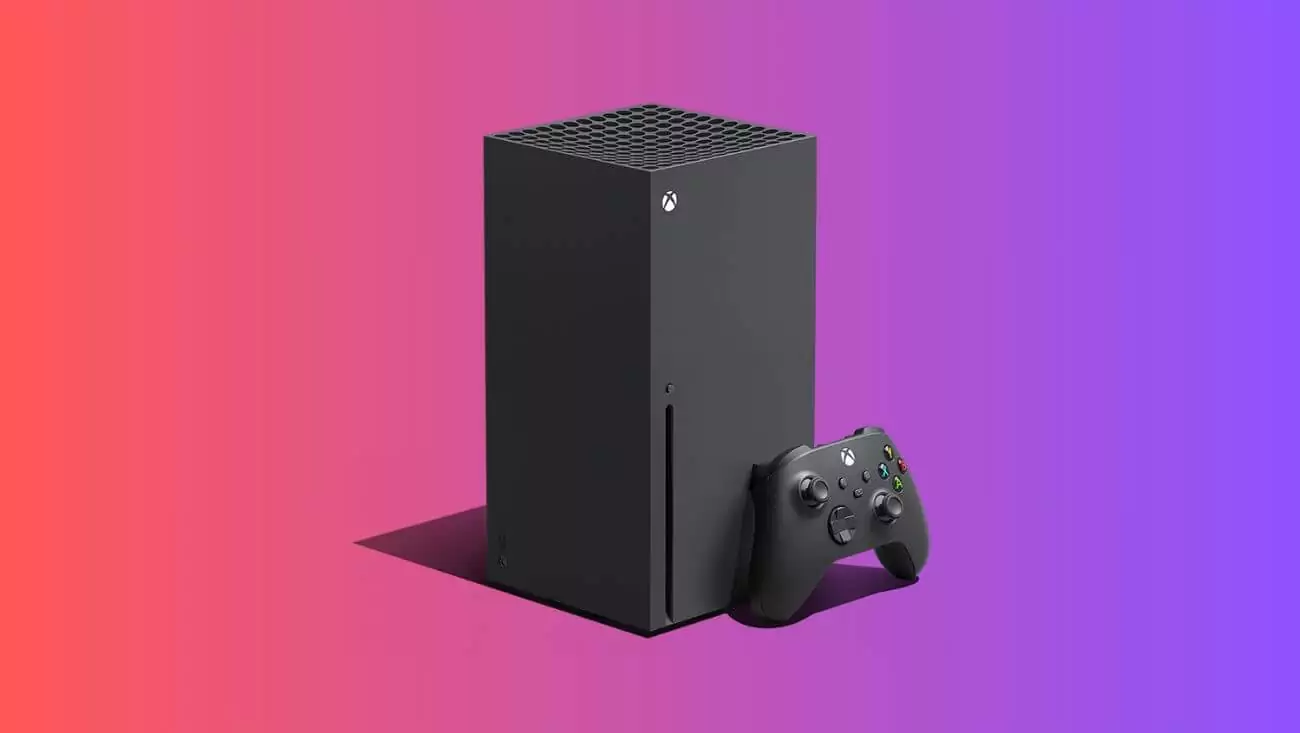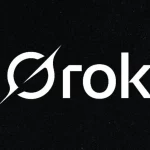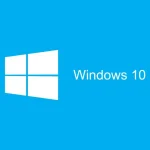May 1, 2025 – Microsoft has implemented a global Xbox price increase, raising the cost of its Xbox Series X and Series S consoles, controllers, and select first-party games, effective immediately as the gaming industry heads into the 2025 holiday season. This Xbox price increase follows a similar PlayStation 5 price increase by Sony, driven by U.S. tariffs, inflation, and escalating production costs. The adjustments, which see Xbox games prices climb to $79.99 for new titles, highlight the broader economic challenges facing the gaming sector, raising questions about the future of console pricing and market competition in the tech industry.
The Xbox Series X now retails at $599.99 in the U.S., a $100 increase from its previous $499.99 price, while the Xbox Series S jumps $80 to $379.99, with comparable hikes in Europe (€80) and Australia ($50). A The Verge article detailed that Microsoft also increased the price of Xbox wireless controllers by $10 and confirmed that select first-party titles, including upcoming releases like Avowed and Fable, will launch at $79.99 starting this holiday season, up from the industry standard of $69.99. Microsoft cited rising development costs and market dynamics as the primary reasons for the hikes, a rationale mirrored by Sony’s earlier PlayStation 5 price increase in April, which saw the PS5 Digital Edition rise by 25% to €499.99 in Europe and £429.99 in the UK. These changes reflect a shifting economic landscape for console manufacturers.
A key driver behind these price increases is the recent U.S. tariffs on Chinese imports, which have significantly impacted the cost of electronics manufacturing. A Reuters article noted that both Microsoft and Sony rely heavily on Chinese supply chains for critical components like semiconductors, GPUs, and circuit boards, and the tariffs—part of the Trump administration’s trade policies—have added substantial costs to production. Additionally, inflation and increased development expenses for AAA games, often exceeding $200 million per title, have squeezed profit margins, forcing companies to pass these costs onto consumers. This marks a rare instance of mid-cycle price increases for consoles, which typically see price reductions over time to broaden their market reach.
Economic and Industry Breakdown
Here’s a summary of the price changes:
- Xbox Series X: Now $599.99, up $100 from $499.99 in the U.S.
- Xbox Series S: Now $379.99, up $80 from $299.99.
- Xbox Games Price: New first-party titles to launch at $79.99 this holiday season.
- Controllers: Xbox wireless controllers increase by $10 globally.
The economic implications of this Xbox price increase are multifaceted. From a supply chain perspective, the tariffs have disrupted the cost structures that Microsoft and Sony have relied on for years. It was reported that the cost of key components has risen by as much as 20% since 2024, compounded by global inflation rates that have driven up labor and shipping expenses. For Microsoft, which has trailed Sony in console sales this generation—Sony’s PS5 has outsold Xbox Series X/S by a 2:1 ratio as of early 2025—this price hike could further widen the gap, especially as the holiday season approaches, a critical period for gaming sales. Gamers may turn to alternatives like PC gaming or subscription services to mitigate the rising costs of console ownership.
The PlayStation 5 price increase mirrors Microsoft’s challenges, underscoring a broader industry trend. Sony’s price adjustment in April was also attributed to tariff pressures, with the PS5’s reliance on Chinese components making it equally vulnerable to cost increases. It was reported that the gaming industry as a whole is facing unprecedented cost pressures, with Nintendo following suit by pricing its upcoming Mario Kart World for the Switch 2 at $80, aligning with the new Xbox games price benchmark. This shift could reshape consumer expectations, potentially normalizing higher prices for gaming hardware and software, though it risks alienating price-sensitive markets, particularly in regions with weaker currencies where these hikes have a disproportionate impact.
From a competitive standpoint, Microsoft’s strategy with this Xbox price increase may bolster its focus on Xbox Game Pass, which remains unchanged in pricing, offering a cost-effective alternative for gamers. Game Pass allows access to a vast library of titles, including first-party releases on day one, potentially softening the blow of the $79.99 game price for subscribers. However, the higher upfront cost of the Xbox Series X and Series S could deter new buyers, especially in a market where Sony’s PS5, despite its own price hike, benefits from stronger brand loyalty and exclusive titles. The long-term impact may push the industry toward a subscription-based model, as companies seek to balance profitability with accessibility in an increasingly expensive gaming ecosystem.
The Xbox price increase, alongside the PlayStation 5 price increase, reflects the complex economic forces at play in the gaming industry, from tariffs to inflation to rising development costs. While Microsoft and Sony navigate these challenges, gamers face tough choices about how to continue enjoying their hobby. As the holiday season nears, it will be telling to see how these price hikes affect sales and consumer sentiment. What are your thoughts on the rising costs of gaming, and how might they influence your purchasing decisions? Share your insights in the comments—we’re eager to hear how you’re adapting to these industry shifts.







